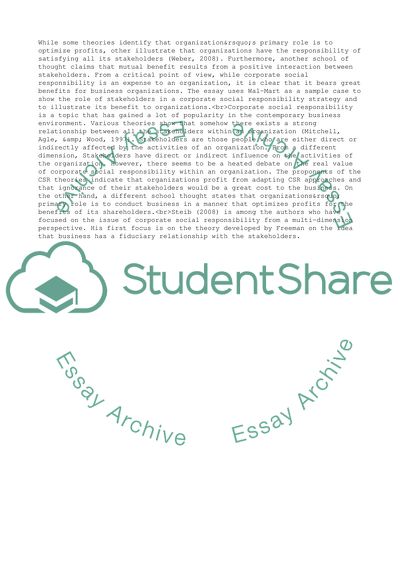Cite this document
(“Wal-marts Corporate Social Responsibility Essay”, n.d.)
Wal-marts Corporate Social Responsibility Essay. Retrieved from https://studentshare.org/management/1849890-contemporary-issues-management
Wal-marts Corporate Social Responsibility Essay. Retrieved from https://studentshare.org/management/1849890-contemporary-issues-management
(Wal-Marts Corporate Social Responsibility Essay)
Wal-Marts Corporate Social Responsibility Essay. https://studentshare.org/management/1849890-contemporary-issues-management.
Wal-Marts Corporate Social Responsibility Essay. https://studentshare.org/management/1849890-contemporary-issues-management.
“Wal-Marts Corporate Social Responsibility Essay”, n.d. https://studentshare.org/management/1849890-contemporary-issues-management.


